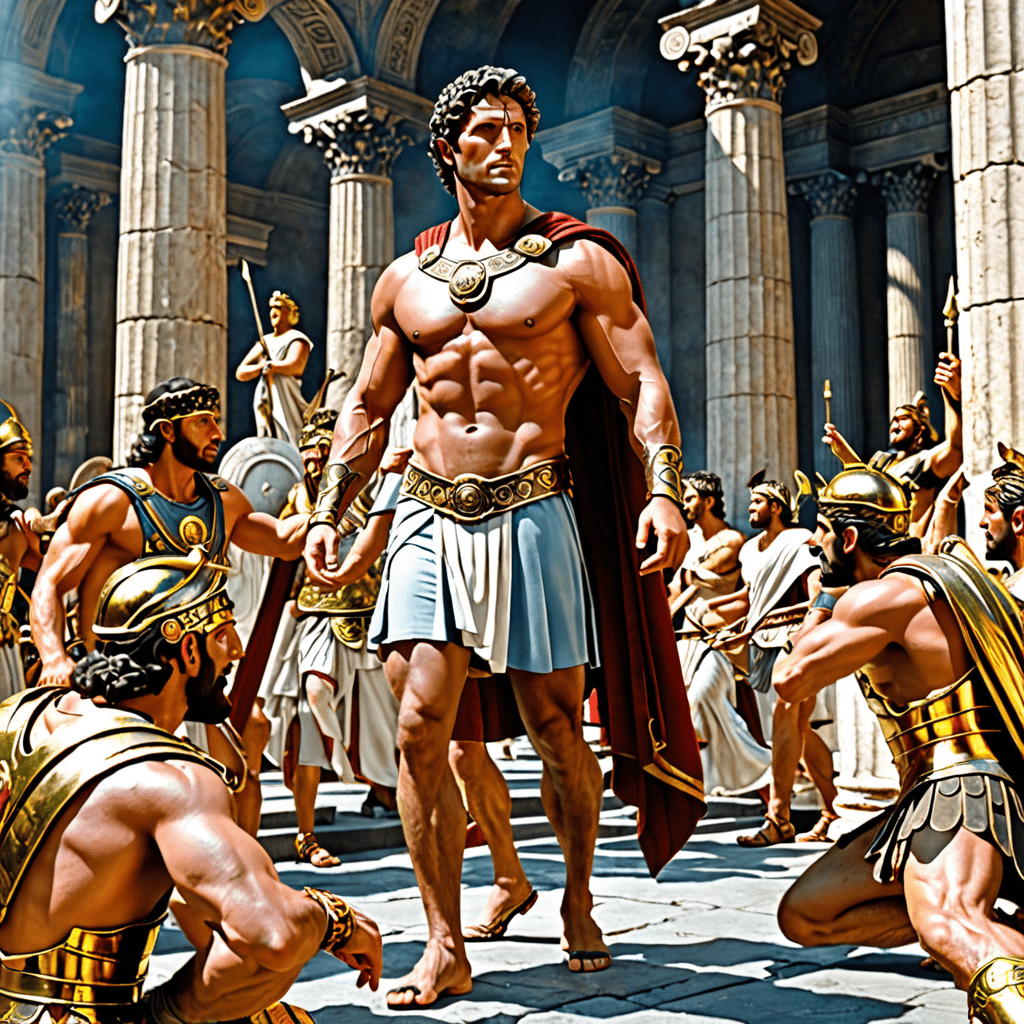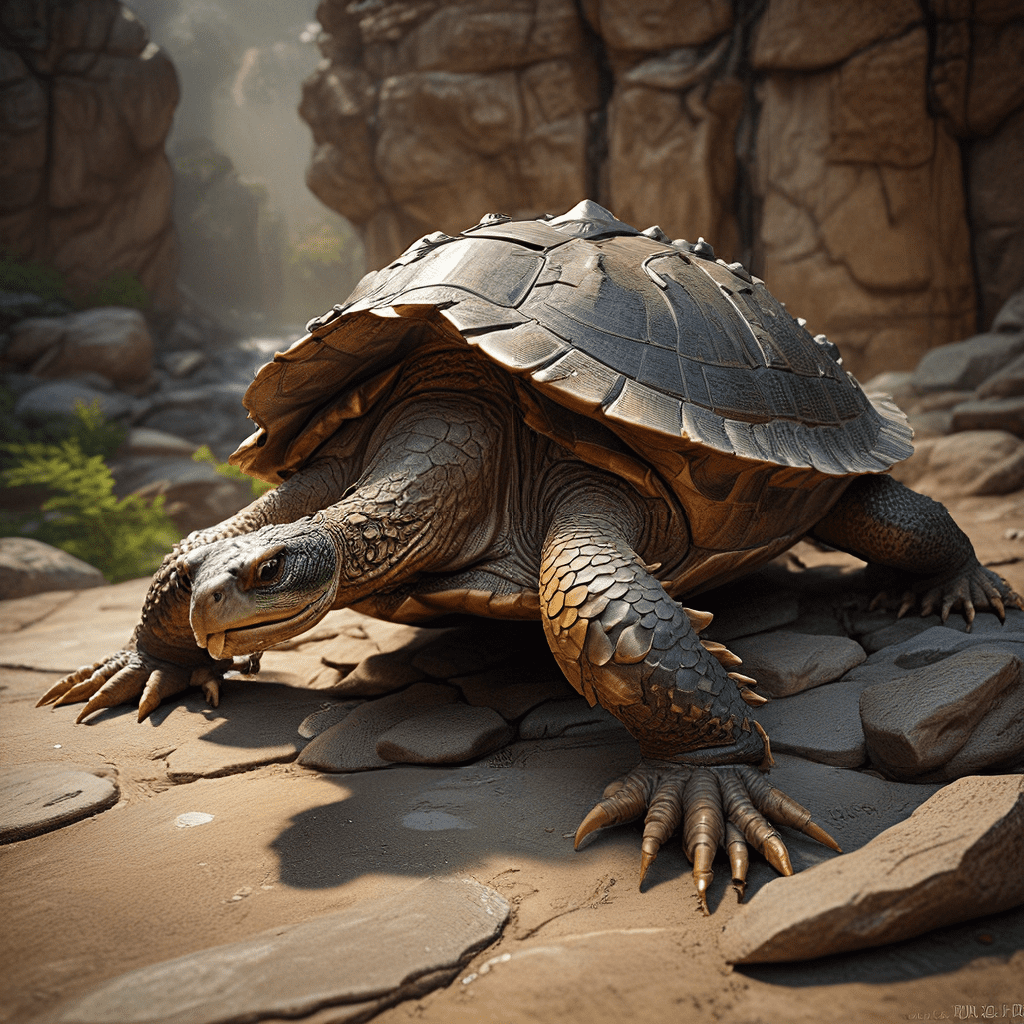The Most Unique Myths About Ancient Deities: Tales That Defy Logic
I. Introduction
Mythology serves as a fascinating lens through which we can examine ancient cultures, providing insights into their beliefs, values, and societal structures. It encompasses a collection of traditional stories that often involve supernatural beings, particularly deities, who embody various aspects of life and nature. Ancient deities played a crucial role in shaping societal beliefs and values, offering explanations for natural phenomena and human experiences. This article delves into some of the most unique and illogical myths surrounding ancient deities, exploring their origins, characteristics, and cultural significance.
II. The Origins of Mythology
The concept of mythology has deep roots in human history, emerging from the need to explain the unexplainable. In ancient civilizations, myths served multiple purposes:
- Providing explanations for natural phenomena, such as weather patterns and celestial events.
- Reflecting cultural values, social structures, and moral lessons.
- Creating a sense of identity and community among people.
As societies evolved, so did their myths, which transformed to better align with changing beliefs and values. Myths often mirrored the complexities of human existence, serving as a narrative framework for understanding the world.
III. Unusual Birth Stories of Deities
One of the most intriguing aspects of mythology is the bizarre birth stories of deities. These tales often defy logic and challenge conventional ideas about birth and creation:
- Athena’s Birth: In Greek mythology, Athena is said to have sprung fully grown and armored from the forehead of her father, Zeus. This unusual birth not only highlights her wisdom but also implies a direct connection to the intellect and authority of Zeus.
- Virgin Births: Various mythologies feature miraculous virgin births, such as the birth of Horus in Egyptian mythology and the conception of the Buddha. These stories often symbolize purity and divine favor, suggesting that the deities themselves transcend ordinary human experiences.
The significance of these unusual origins is profound, as they often shape the characteristics and realms of influence associated with the deities.
IV. Deities with Animal Attributes
Many ancient deities exhibit hybrid forms, possessing both human and animal attributes. This phenomenon is particularly prominent in Egyptian mythology, where gods like Anubis (with a jackal’s head) and Horus (with a falcon’s head) exemplify this blending:
- Symbolism: The animal characteristics often symbolize specific traits or domains, such as strength, wisdom, or protection. For example, the lion-headed goddess Sekhmet represents power and war.
- Challenge to Perception: These hybrid forms challenge human logic and perception, blurring the lines between humanity and the animal kingdom, and suggesting a deeper connection between all living beings.
V. Deities Who Defy Time and Space
Myths of gods existing outside conventional understandings of time and space present a fascinating exploration of reality:
- Chronos and Kairos: In Greek mythology, Chronos represents the linear progression of time, while Kairos signifies the opportune moment. Together, these deities illustrate the complexity of time, suggesting that it can be both measurable and subjective.
- Interdimensional Travel: Numerous myths depict deities traveling between worlds or dimensions, such as the Hindu god Vishnu, who descends to Earth in various avatars to restore cosmic order. These tales challenge our understanding of reality and the universe.
Such myths invite contemplation on the nature of existence and encourage a broader interpretation of time and space.
VI. The Role of Trickster Deities
Trickster figures are a staple in many mythologies, embodying chaos and unpredictability. Prominent trickster deities include:
- Loki: In Norse mythology, Loki is known for his cunning and mischief, often causing trouble for the gods and mortals alike.
- Anansi: The West African spider god Anansi is celebrated for his cleverness and ability to outwit other beings, often teaching moral lessons through his antics.
These trickster tales often showcase illogical choices and actions, highlighting the complexities of morality and the unpredictability of life. Underneath the chaos lies a moral lesson, reminding us of the importance of balance and humility.
VII. Mythical Creatures and Their Divine Connections
The intersection of deities and mythical creatures adds another layer of complexity to ancient myths:
- Divine Transformations: Many myths feature deities transforming into creatures, such as Zeus taking the form of a swan to seduce Leda or Poseidon manifesting as a horse. These transformations often symbolize the duality of nature and the fluidity of identity.
- Mythical Beasts: Creatures like griffins and minotaurs are often depicted as having divine origins, representing a blend of human and animal traits that challenge our understanding of the natural world.
These stories reflect the complex relationship between gods and the creatures they create or inhabit, illustrating the interconnectedness of all beings.
VIII. Cosmological Myths that Challenge Logic
Creation myths frequently defy scientific explanations, presenting narratives that explore the origins of the universe:
- Chaos to Order: In many cultures, creation begins with chaos, leading to the establishment of order. This theme is prevalent in myths such as the Babylonian Enuma Elish and the Greek Theogony.
- Divine Battles: Tales of gods battling for control of the universe, such as the Titanomachy in Greek mythology, reflect human fears and aspirations regarding the cosmos.
These cosmological myths reveal humanity’s fascination with existence and the unknown, serving as a means to grapple with profound questions about life and the universe.
IX. The Cultural Impact of These Myths
Illogical myths have a lasting influence on art, literature, and modern storytelling:
- Artistic Expression: From ancient sculptures to contemporary films, the imagery and themes of these myths continue to inspire creativity across cultures.
- Modern Adaptations: Many contemporary narratives borrow elements from ancient myths, demonstrating the timeless nature of these stories and their relevance in today’s world.
The role of mythology in shaping cultural narratives is undeniable, as it continues to provide a rich tapestry of stories that resonate with human experiences, emotions, and values.
X. Conclusion
Unique and illogical myths about ancient deities offer profound insights into the beliefs and values of past civilizations. By exploring these tales, we not only gain a deeper understanding of ancient cultures but also reflect on our own beliefs and the nature of existence. Ancient mythology remains a vital part of human storytelling, bridging the gaps between the mythical and the real, the logical and the illogical, and the known and the unknown.



